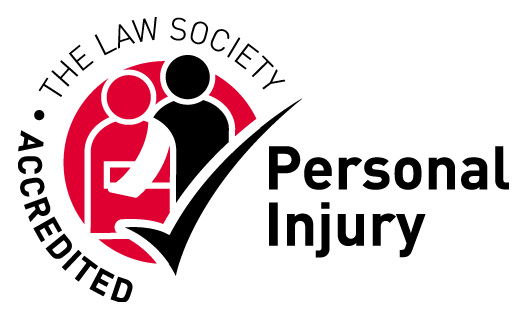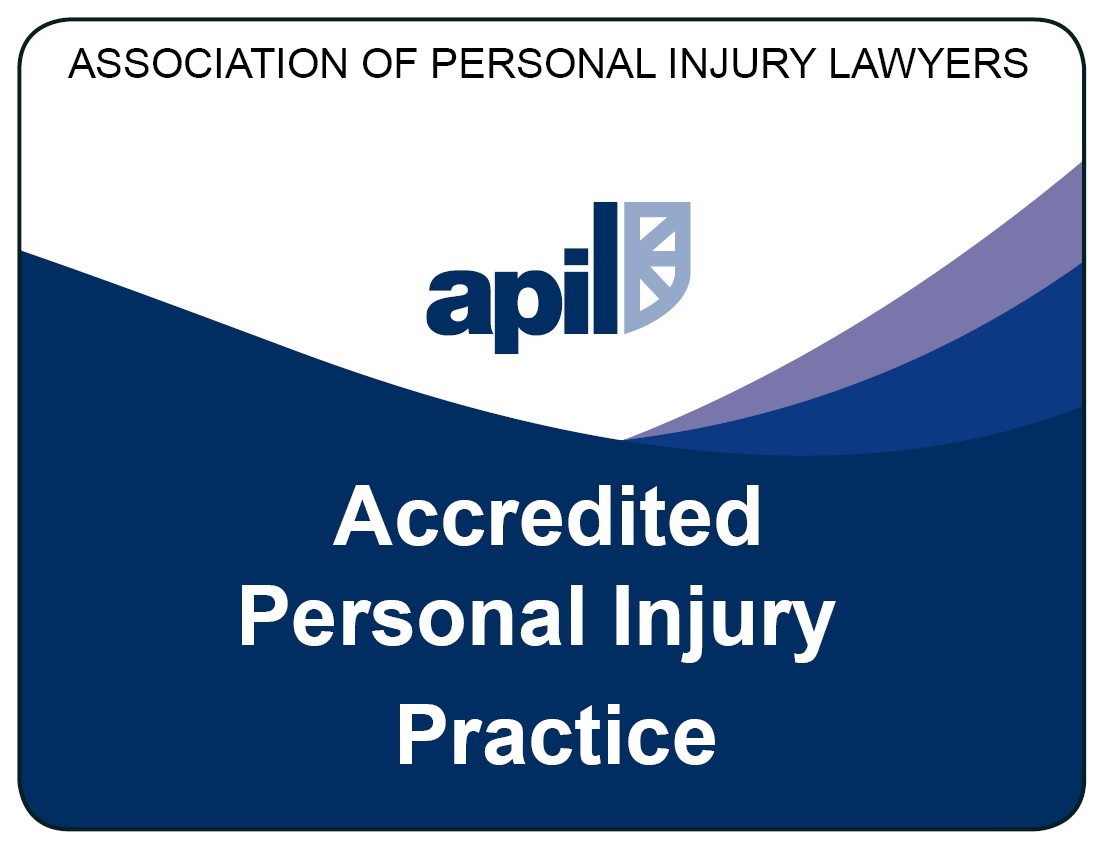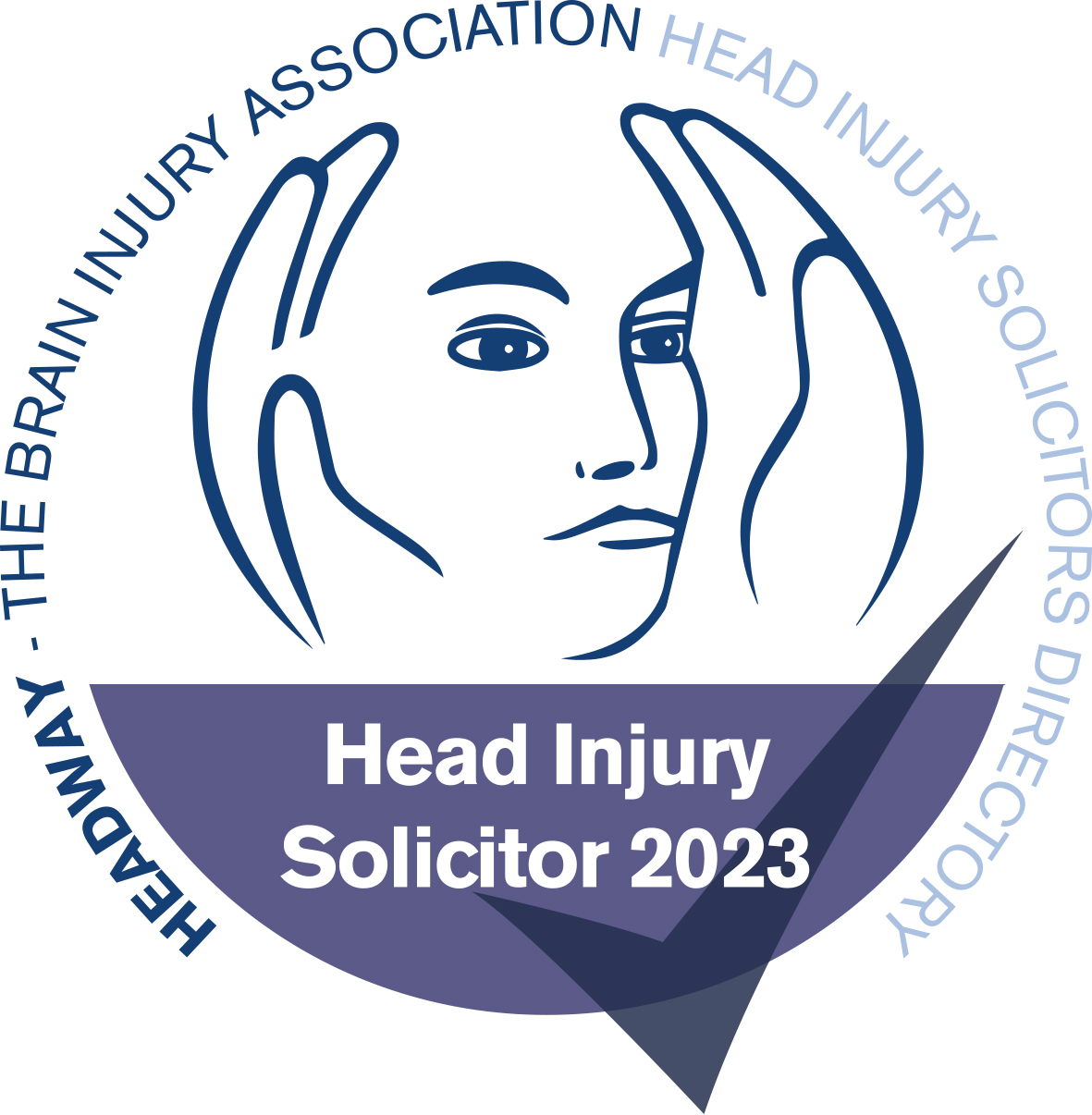




Am I At Risk Of Musculoskeletal Disorder?
Musculoskeletal disorders can be very painful and debilitating conditions caused by a number of various different factors. So what are these factors and how do you know if you are at risk of suffering from a musculoskeletal condition?
Below we have compiled some useful information on this occupational illness and whether or not you are at risk of acquiring it.
What Is Musculoskeletal Disorder?
A musculoskeletal disorder is a well-known, preventable occupational illness which affects many different types of worker. The condition impacts the body’s movement and musculoskeletal system and affects parts of the body including:
- Muscles
- Tendons
- Ligaments
- Nerves
- Discs
- Blood vessels
Musculoskeletal disorders are commonly known by the abbreviation, MSD but they can also be referred to as a ‘repetitive motion injury’, ‘soft tissue disorder’ and ‘overuse syndrome’. These labels do not necessarily reflect the full extent of the condition and suggest that its entirety is related purely to repetition and stress. On the contrary, there are other factors involved in developing an MSD, including restricted bodily movements while working, fatigue and personal levels of fitness and health.
Types Of Different MSDs
There are many different types of MSD, some of the most predominant ones include; carpal tunnel syndrome; tendonitis; ligament sprain; tension neck syndrome; thoracic outlet syndrome; trigger finger/thumb and De Quervain’s syndrome.
Am I At Risk?
Pinpointing whether or not you are at risk of an MSD is not difficult. Consider your job and work out whether or not your work routine involves any one of the following three factors. Usually, MSDs develop when there is an element of all three factors involved in a work pattern:
- Forceful exertions. If your job requires that your body takes on a high force during work-based activities, then it could be that your muscles are also overused which can lead to fatigue and a lack of the required muscle recovery period, thus causing an MSD
- Repetitive tasks. There are many kinds of task that fall into this category. The repetition could be on an hourly, daily or weekly basis. An example of a highly repetitive task is packing items continuously on a factory assembly line
- Posture. If a posture is awkward or repetitive then it could also be considered to be a risk factor as it puts strain on joints and muscles and tendons
Work-Related Risk Factors Of MSD
There are many risk factors in the workplace which could result in you suffering from an MSD. If your job entails straightening, gripping, holding and twisting in a repetitive manner or in a forceful way can result in symptoms of MSD. The speed at which you work and whether or not your job has other elements like extreme heat and coldness can also exacerbate or cause MSD.
You are putting your body at risk if you are being asked to do things at work that your body is not capable of. Your employer needs to do an evaluation of the workstation you have and look at the risks involved; an evaluation will highlight whether or not a certain individual can keep up with the job he/she is being asked to do and what ergonomic risk factors are present.
If your job requires that you do some or all of the following kinds of tasks then you could be at risk:
- Continual repetition of movements
- Force focussed on one part of the body
- No recovery periods
Preventing Yourself From A Musculoskeletal Disorder
There are certain measures that you as an individual can take in order to prevent acquiring a musculoskeletal disorder. Adopting positive working practices; improving your own fitness and health regime and giving yourself time to rest and your body to recover will all help keep a musculoskeletal condition at bay.
Conditions Relating To MSD
The medical ailments and symptoms related to an MSD can be very painful for sufferers, they can lead to workers needing to take time off, as well as experiencing pain. Below are some of the most common ways in which workers experience an MSD:
- Nerve damage. Nerves can be damaged as they are surrounded by muscles and tendons; these tissues can become swollen affecting the nerves by squeezing or compressing them
- Muscle damage. This comes in the form of a stretch or a tear in the muscle, usually caused by over-stretching or tightening the muscle, leg muscles are common areas of the body affected
- Tendon injury. Injuries of this nature occur near the joints e.g. the shoulders knees and elbows. They happen usually a result of tiny tears that have occurred over time often through repetition and awkward postures
How Can MSDs Be Prevented?
Like most medical conditions, prevention is better than cure. This may include changing the fixed body positions and amount of applied force in a particular task or job. It could also mean job rotation i.e. work being carried out on a rota basis by a group of workers, meaning that adequate relief and rest is provided for all workers. This could also include the alternation of a task between workers.
Another option is for workers to move between performing different jobs at irregular periods of time, workers will be doing something completely different using different muscle groups so other muscles are recovering during this time.
Enlargement of a job is another working method which increases task-diversity, meaning that recovery time is again allowed for while a different part of the body is being used.
The design of a workplace is also key. Workstation assessments should evaluate the impact of any repetitive work or work that requires constrained bodily movement for long periods of time. Training also plays a part in preventing MSDs; employees need to be informed about how to adjust their workstation.
The mechanisation of a work task should also be considered and the question of whether or not it is viable for a job to be computerised should be considered. It’s also important to think about whether there is room for tools and equipment on a particular job to be redesigned, with the purpose of relieving stress on parts of the body.
Treatment of MSDs
When the physical damage associated with an MSD has taken hold, then there are a number of different treatment options available. This could include heat and cold treatment to relieve pain and help with the healing process. Heat provides muscle pain relief; coldness reduces pain and swelling and is also recommended for the treatment of inflammation.
Exercise is another treatment option; stretching exercises can help with circulation but before any exercise is undertaken you must always consult with your GP to make sure they are helping and not hindering your condition.
Many people who suffer from an MSD wear splints to restrict movement but these must be treated with caution and your doctor must be aware of any prevention methods you are using, again so that less harm is done to an existing condition.
Medication like anti-inflammatory drugs can also be prescribed and in extreme cases, surgery can be required to reduce the pain and inflammation.
Published on 14th April 2015.





